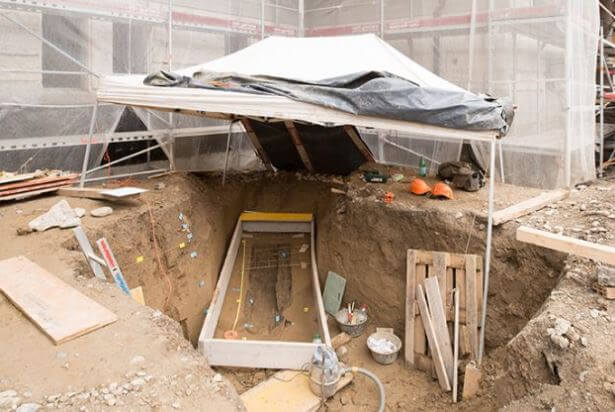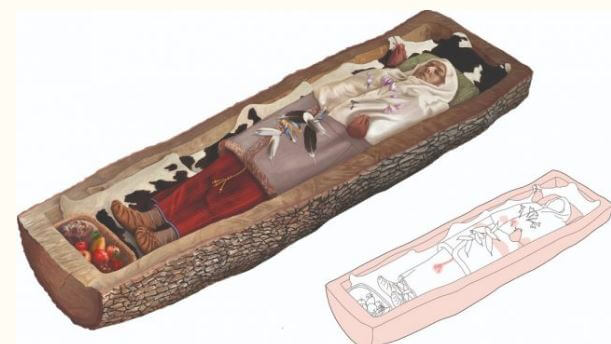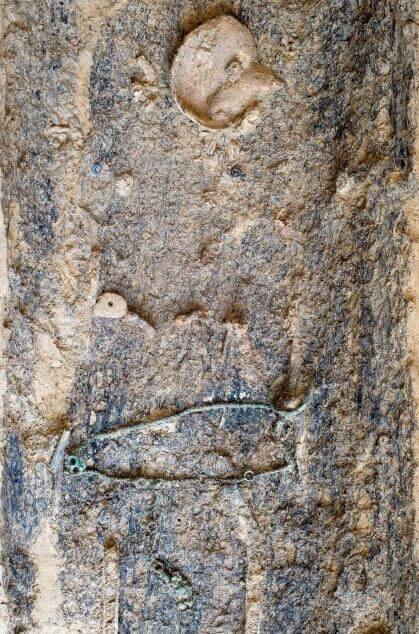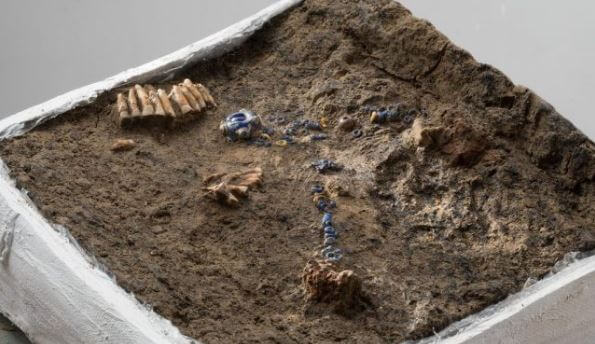 1
1

Arkaim and the texts of Rgveda about his builders
 25. 04. 2024
25. 04. 2024



 08. 04. 2020
08. 04. 2020

The recent discovery of a Celtic woman buried in a tree trunk has caught the attention of many archaeologists. Hundreds of years ago, people were buried in many ways. Some of them were ordinary and others outright flashy. The ancient Egyptians buried important personalities by first mummifying their bodies and then placing them in bronze or gold tombs. This very advanced technique at the time ensured that the bodies remained very well preserved and lasted for many centuries. Mummification was also used by the Ancient Incas, who then used the remains of the deceased in many "living" rituals, including marriage ceremonies. Mummies served as a kind of connection with the gods who helped the living and led them through their lives.
But to be buried inside a tree trunk? This is a special and unique way even among all sorts of funeral rituals used centuries ago in different cultures. And that is also, at least in part, why the discovery near Zurich in Switzerland in 2017 was so significant for archaeologists and historians.

Excavation of the grave at the construction of the Kern school in Switzerland. (Photo: Office for Urban Development, Zurich)
Two years ago, a group of workers happened to find something they initially thought was just an old buried tree. However, when experts were called to the scene, they discovered a well-preserved, approximately 40-year-old woman adorned with many valuable jewelry, including bracelets and several colored necklaces. Swiss scientists have estimated the age of the remains to be approximately 2 years, the Iron Age - other reasons why the remains are so important to historians and archaeologists.

Reconstruction of a woman in a "tree coffin". (Photo: Office for Urban Development, Zurich)
It was assumed that the woman was probably wealthy and led a comfortable life, without any more strenuous physical work. Her hands showed virtually no signs of wear and tear, and it was also clear from the remains that she ate a lot of sweet foods and foods rich in carbohydrates - another sign that she was probably a member of the upper class, always with enough food. The woman was found buried in the trunk of a tree, on which bark was still found remarkably more than 2 years after burial.

Jewelry and funeral gifts grave (Office for Urban Development, Zurich)
Workers worked on construction excavations near the Kern campus, located in the Aussersihl area of Zurich. Earlier finds from this area date back to the 6th century AD, so none of them were as old as the woman found two years ago. Another reason why it is so important for historians and researchers. Experts said she was found dressed in a sheepskin coat and a well-crafted wool scarf, which also testifies to her comfortable life. She wore bronze bracelets and brightly colored necklaces with glass beads, as well as a bronze necklace decorated with several pendants.

Jewelry with glass beads and pendants (Martin Bachmann, Kantonsarchäologie Zürich)
In 1903, a grave of a Celtic man was discovered near the place where the woman was found, which experts claim was also socially high. Scientists assume that because of the close proximity of the two sites, the two could actually have been known, or perhaps something more. The Zurich Urban Development Authority has published a statement that it is “quite possible” that the two ancient people knew each other.

Replica of a decorative necklace with glass beads and pendants found in the grave (Office for Urban Development, Zurich)
The man was found buried with a sword, a shield, and was dressed as a warrior; all the signs that he also enjoyed a high position.
During the last two years since the discovery, archaeologists have attempted to compile a comprehensive portrait of a Celtic woman buried in a tree trunk and the community in which she lived. They performed physical tests, studied the artifacts with which she was buried, and also an isotope analysis of her skeletal remains. Researchers said that the results of these analyzes “render a fairly accurate picture of the deceased” and of the society in which she lived. They concluded that she was born and raised in an area now known as the Limmat Valley, believing that there might be remains of an entire Celtic community waiting to be discovered near the tomb.
Although the Celts are most often associated with the history of Great Britain, they came and traveled through much of Europe. Experts say that between 450 and 58 BC, the Celtic people settled in many regions of Switzerland and Austria, where their families and entire communities flourished. After the invasion of Julius Caesar, however, the lives of all, not only Celtic descendants, changed irreversibly.